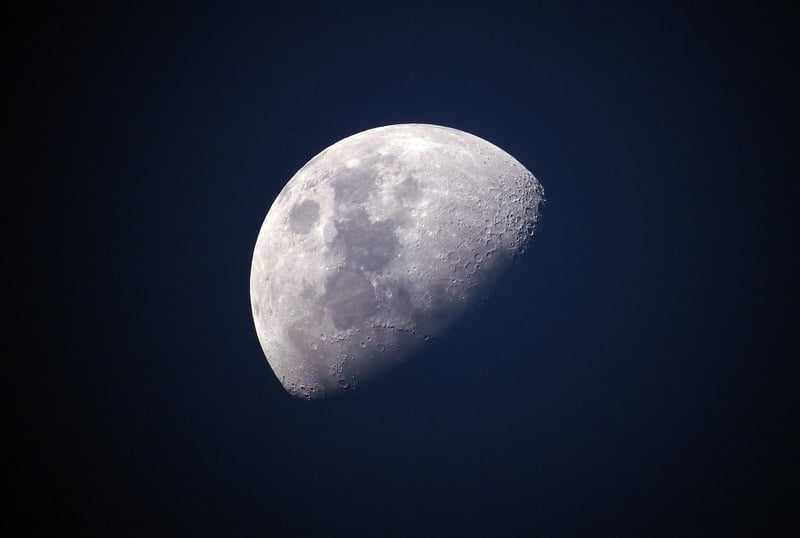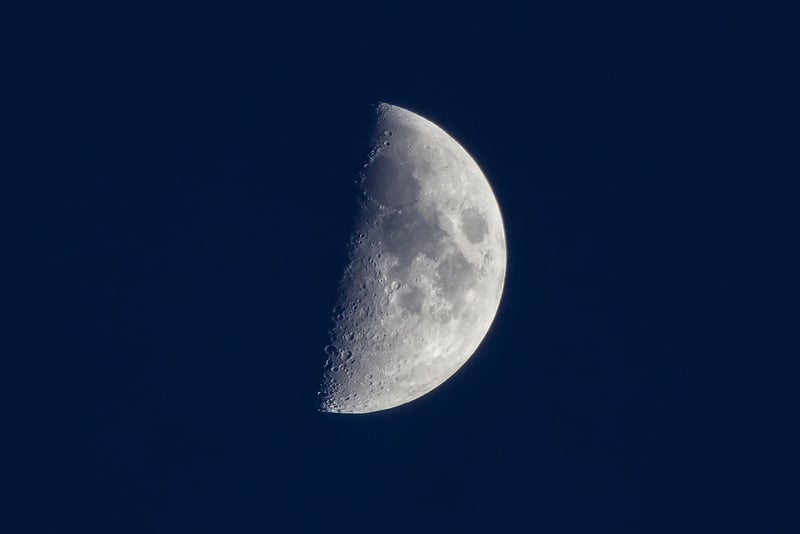Lunar Geology
Exploring Earth's Natural Satellite: Lunar Geology
The Moon, Earth's natural satellite, has fascinated humanity for centuries with its beauty and mystery. Beyond its celestial allure lies a world of geological wonders waiting to be explored. Let's delve into the captivating field of lunar geology to uncover the secrets of our closest cosmic companion.
Formation and Composition
The Moon formed approximately 4.5 billion years ago, not long after the birth of our solar system. Scientists believe that a collision between Earth and a Mars-sized body created debris that eventually coalesced to form the Moon.
Compared to Earth, the Moon is significantly smaller and lacks a substantial atmosphere. Its surface is covered with craters, mountains, valleys, and vast plains known as maria. The lunar crust is mainly composed of rocks rich in silicates, with basalt being a prominent type due to past volcanic activity.
Surface Features
One of the most striking features of the Moon is its numerous impact craters. These craters, formed by collisions with asteroids and comets, provide valuable insights into the history of our solar system.
The maria, dark plains visible on the Moon's surface, are ancient lava flows that erupted billions of years ago. These regions offer a glimpse into the Moon's volcanic past and provide valuable information about its geological evolution.
Exploration and Discoveries
Humanity's exploration of the Moon has significantly advanced our understanding of lunar geology. The Apollo missions, starting in the late 1960s, brought back rock samples that provided crucial information about the Moon's composition and history.
Modern missions, such as the Lunar Reconnaissance Orbiter, continue to study the Moon in detail, mapping its surface features, analyzing its mineral composition, and investigating potential resources for future exploration.
Future Prospects
As we look to the future, there is growing interest in returning humans to the Moon and establishing a sustainable presence. Scientists and space agencies are planning new missions to further unravel the mysteries of lunar geology and pave the way for future exploration beyond our celestial neighbor.
By studying the Moon's geology, we not only gain insights into the history of our solar system but also lay the groundwork for future endeavors that may one day take us to the far reaches of the cosmos.

Join us on this incredible journey of discovery as we uncover the geological wonders of Earth's captivating natural satellite, the Moon.
References: NASA, NASA Solar System Exploration
